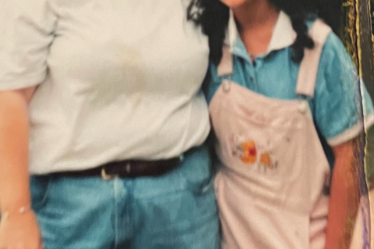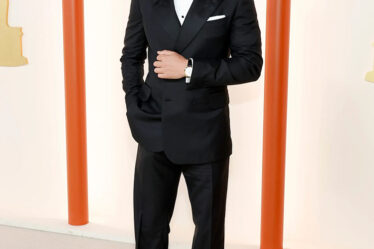
To subscribe to the BoF Podcast, please follow this link.
When the cover of American Vogue’s February issue leaked on Saturday, January 9, a flurry of controversy ensued. Many took to social media to deride the image of vice president-elect Kamala Harris, lensed by Tyler Mitchell, for its casual styling, unflattering lighting and lack of gravitas. The criticism focused on the argument that the portrait lacked the stately deference they believed such a political figure — not least the first Black, South Asian female vice-president — should command.
Among those to share their thoughts was Robin Givhan, The Washington Post’s senior critic-at-large who penned a column on January 11 in which she said “the cover did not give Kamala D. Harris due respect… It was a cover image that, in effect, called Harris by her first name without invitation.” Givhan, who became the first fashion writer to receive the Pulitzer Prize for Criticism in 2006, sat down with Imran Amed in the latest episode of The BoF Podcast, to further discuss the cover’s significance and the wider tumultuous landscape of US politics.
- Debating Harris’ portrait is about more than just a critique of the technicalities and production value of a fashion glossy. Its release comes at a time of political division and fraught race relations, just days after a violent right-wing mob stormed Washington D.C.’s Capitol building, an event incited by President Trump, who now faces a second impeachment for his involvement in the incident. “The last few years have been an exhausting, emotionally draining time,” said Givhan. “I was very surprised that [the cover] became such an issue. I was really stunned that people were so exercised about it. When you think about it, it’s [like] pain from a thousand papercuts, and this was the 1001st papercut.”
- The informality of the image chosen for the print cover carries greater historical significance and weight. Vogue and Anna Wintour defended it as an extension of the Biden-Harris campaign’s platform of accessibility, which Givhan described as a “legitimate” point of view. But, she said, “I think that the upset is rooted not so much in the current moment but its history. Throughout history, Black women in particular were not given the kind of respect that white women were. People had this familiarity with Black women that was not about friendship and equality but was condescending. Understanding the complicated nature of that would give one pause in presenting the first female vice president — a Black woman — in that way.”
- While the alternative digital cover image, which depicts Harris in a more presidential light and formal style, offers some reprieve, this print issue has significance as a cultural souvenir (“you can’t give a screengrab to your grandchildren,” said Givhan), and there is no real opportunity for a do-over. “There’s no way to make people happy,” said Givhan, adding that it’s important to instead listen to criticism and “recognise where things went astray” in allowing this misstep to happen. “You just have to do better the next time, and the time after that and the time after that.”
Related Articles:
Anna Wintour Speaks on VP Cover Controversy, Amazon and Diversity Efforts
The Risks and Rewards of Dressing American Politicians
To contact The Business of Fashion with comments, questions or speaker ideas please e-mail podcast@businessoffashion.com.



